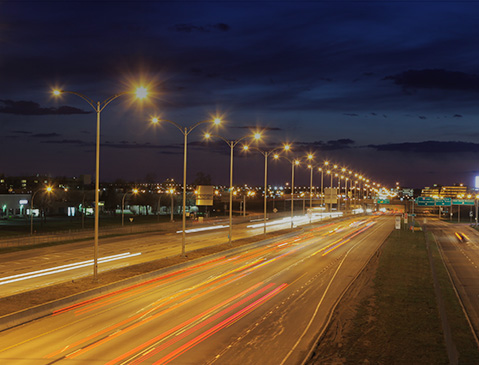Outdoor lighting is critical to the safety of citizens. It is an enabler of Smart City services — from street lighting and parking management, to traffic management and public safety, to facilitating evening use of parks and other areas for outdoor activities. The ability of cities to closely control outdoor lighting efficiency is increasingly important for cost reductions environmental reasons.
Trilliant SecureReach® connectivity, along with the Industrial Internet of Things (IIoT), enable cities to deploy smart data hubs on light posts to provide benefits like metered power, edge processing, and data communications. And most importantly, they provide better control of outdoor lighting and reduced energy costs. Plus, Trilliant Smart Outdoor Lighting solutions position you to offer revenue-generating Smart City applications like sensor platforms, video surveillance, digital signage, and other services.

